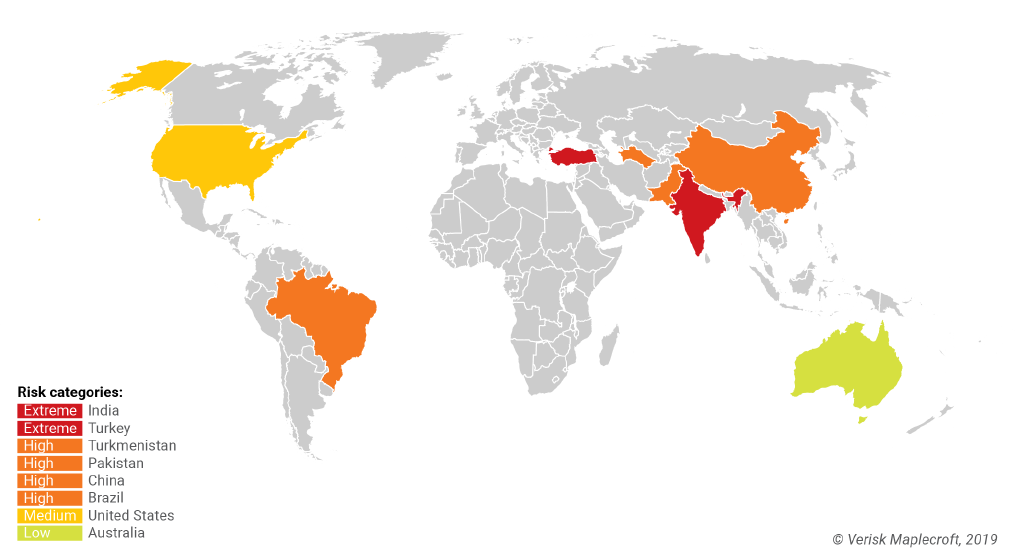How to choose which suppliers to audit
Part I in our how to series
Scenario 1: Imagine that you’re a sustainable procurement manager at a global food and beverage producer and you are worried about the use of child labour in the creation of some of your products.
- You have 10,000 suppliers from 120 countries spread over several continents
- You have a budget that allows you to audit about 10% of these suppliers
Which suppliers do you audit to have the best chance of addressing child labour in your supply chain?
Scenario 2: Say that you are a security manager at an organisation with worldwide operations.
- You have hundreds of operational sites around the world
- You are responsible for the safety of your people and you are worried about terrorism
Which locations do you focus your time and resources on to make sure your staff are as safe as possible?
You need a way of prioritising how to spend your time, effort, and budget so that you can explain it to your boss, your shareholders and your customers. Equally, you don’t have the time or the money to be able to undertake exhaustive research for every country from where you are sourcing or in which you operate.
Prioritising your risks and digging into your exposure
Let’s reprise your role as a responsible sourcing manager. Typically, you want to assess your suppliers for environmental, social and governance risks as part of your sustainability screening.
- You would pick the indices that best capture the risk issues included in your company’s supplier code of conduct
- Group them into E, S and G pillars.
- You can then group these into a single ‘sustainability’ pillar.
- At this point, you can compare your 10,000 suppliers to each other based on a single number that captures all the ESG risks you care about.
Let's take child labour as an example. Our risk indices tell us that India and Turkey are extreme risk for child labour. Say you've gone through steps 1-4 above and found that child labour is a big focus for you based on your suppliers and where they're located.
India, which is the world’s leading producer of cotton and second-largest producer of silk, is considered extreme risk for association of child labour for the production of both commodities. Actually over 25% of the workforce involved in cotton production is under the age of 14 according to the India Committee of the Netherlands.
You now know where to focus your efforts to mitigate risk of child labour in your supply chain.
Calculating the risks by supplier
You can then dig into the drivers of risk for a supplier and understand which risks your company is exposed to when purchasing from it. When you follow the trail of risk issues from the top-level sustainability screening score down to the individual indicators that make up each index, you can see what risks you face in a location.
Find out more about how we calculate risk scores
We know risk assessment isn't easy. Our goal is to make your life and your day job easier by doing the hard work for you. Read about how we turn complex issues into easy-to-understand scores: Risk assessment is hard. We can help make it easier.
